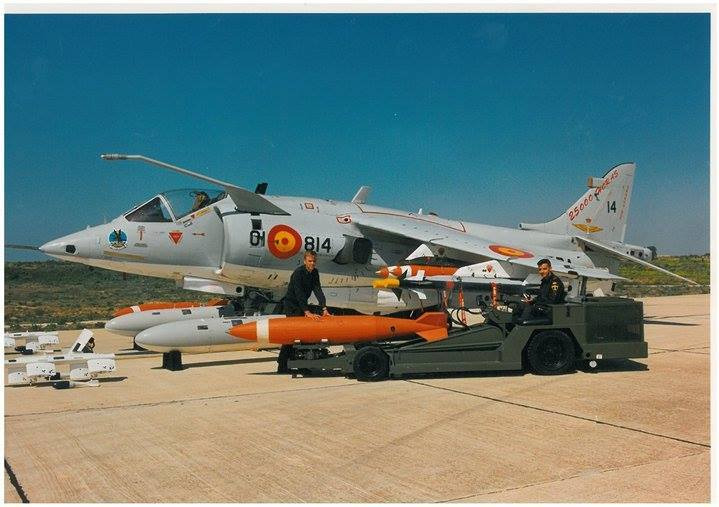I don’t want to derail the thread, the topic is genuinely interesting, but your claims are highly debatable. And not just by me, but by anyone who’s done even a bit of reading on the subject.
Spoiler
Only the Pucará could operate from the islands; the runway was far too short for anything else.
Argentina had no refueling capacity in the hot zone.
Missions flown from the mainland, even with external tanks and C-130 support, left jets with just minutes to strike and escape. We didn’t have Limas or CM, and even if an Argentine jet managed to score a kill from a favorable position, it likely wouldn’t have had the fuel to make it back.
One of the Shars greatest advantages was being a naval fighter, with VTOL capability, not to mention the logistics behind it. Argentina’s Navy was retiring its A-4Qs, most of which had cracked airframes, and their experience with the Super Étendards was still very limited. The Mirage III lacked surface attack capability and was best suited for A2A combat, but it did perform escort missions to the combat zone and back, acting as a decoy. Their priority was to defend the continent from the Vulcans, given that they were not naval aircraft and the distances from the theater of operations were not favorable to them. The Mirage III was used as an interceptor, while the other aircraft were employed in naval strike roles, although only the Super Étendard was truly designed for that purpose.
In that context, the most effective mission was targeting surface fleet assets. It was more worthwhile, and less suicidal, than engaging the Shars head on.
And while the Navy pilots performed admirably and bravely, it was the Air Force pilots who bore the brunt of the missions, despite never having trained for maritime combat or antiship operations.
Good luck with the fixes
PS. While not a widely known nickname, it’s true that some pilots referred to the SHar as black death, due to its lethality and dark paint.
It’s wild, but many believe some pilots preferred attacking the fleet at San Carlos directly, even with light attack aircraft like the Aermacchi, rather than face the Sea Harriers.
Then again, few would argue that either option was less suicidal than the other. At the end of the day, the pilots were just following orders.




